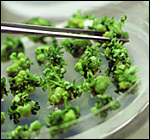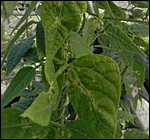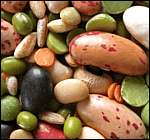Our Research

Research Programs
The Pulse Breeding group places an emphasis on traditional breeding methods. Fundamental research is also carried out in support of variety development.
Breeding and Genetics | Pathology | Physiology | Tissue Culture

Wild Species
The wild relatives of the crops we breed for offer a wealth of genetic diversity and disease resitance. As such, the Pulse Breeding group has committed many resources into overcomming the crossing barrier beyond primary gene pools and introgressing wild traits into many of our recent varieties.
Bioinformatics Resources
• Datasets
• Raw Sequences Search
• Sequence Variants
• Markers
More Information
• Projects
• Field Laboratory
• Student Information
• Job Posting

